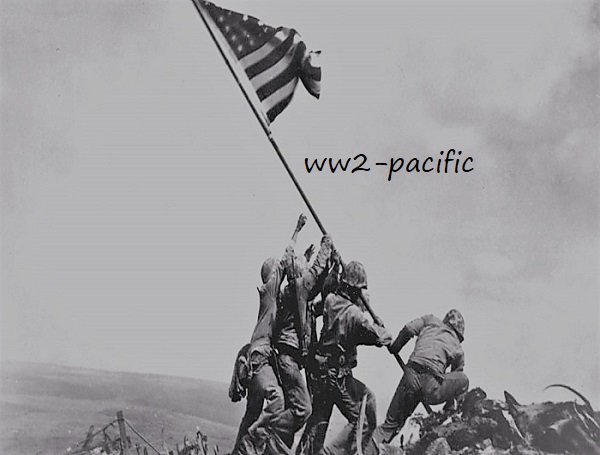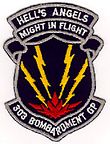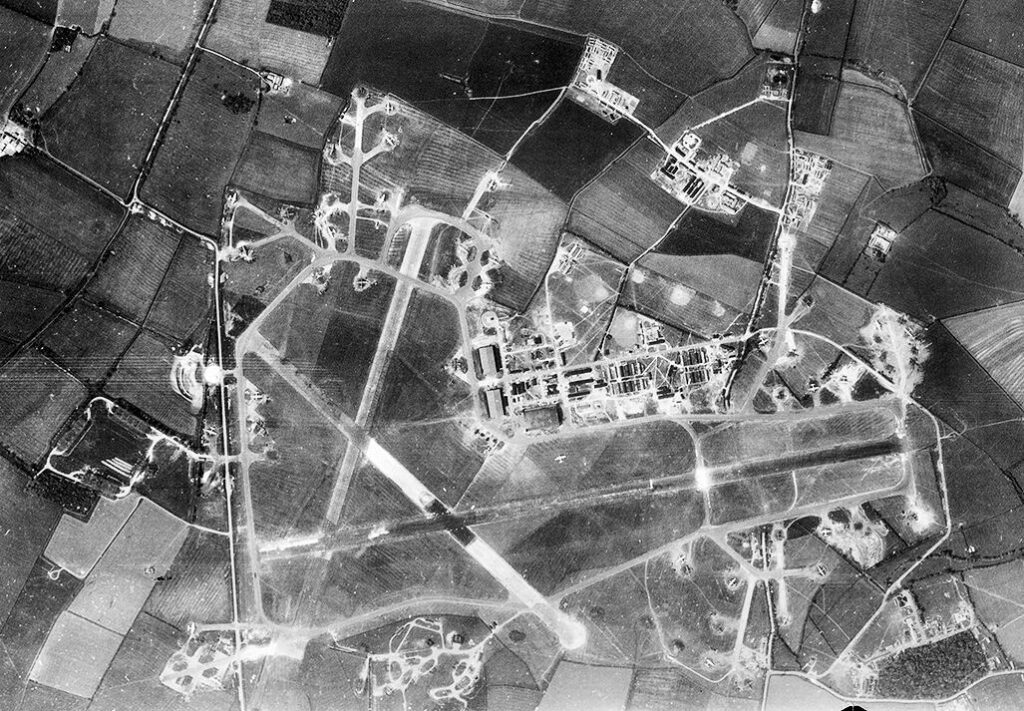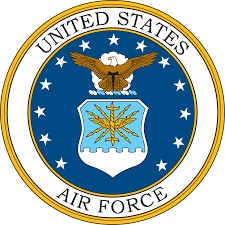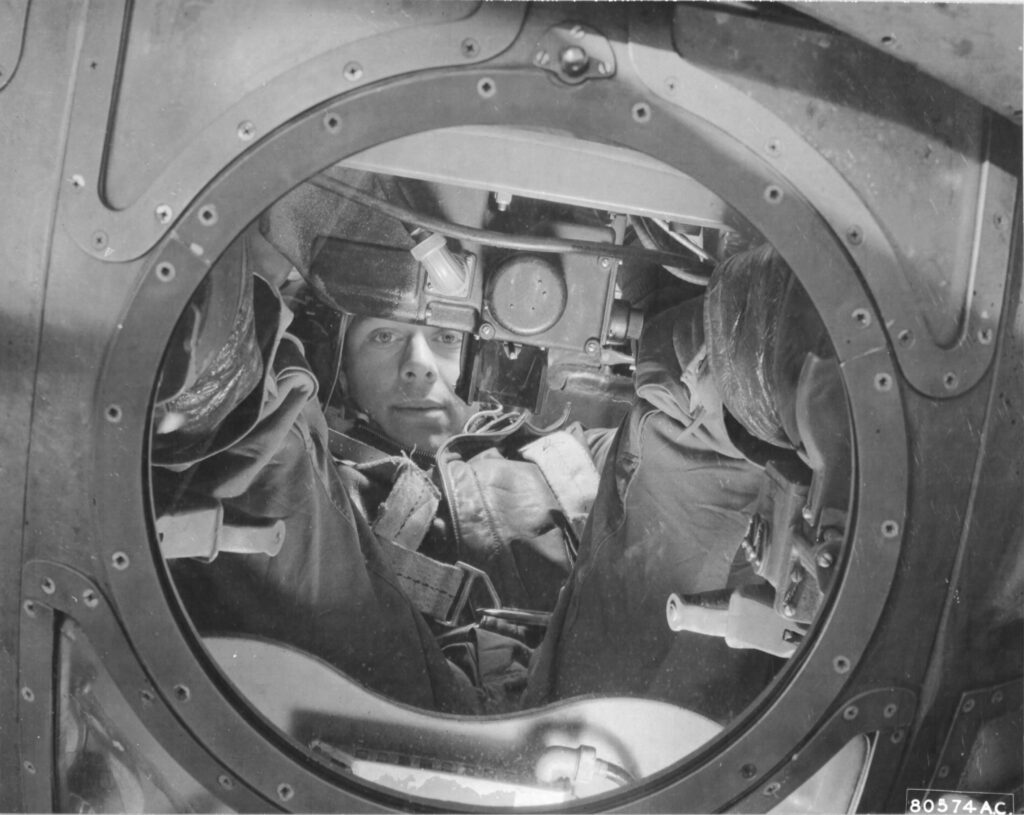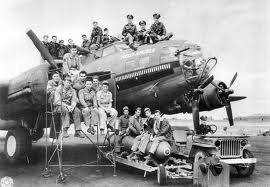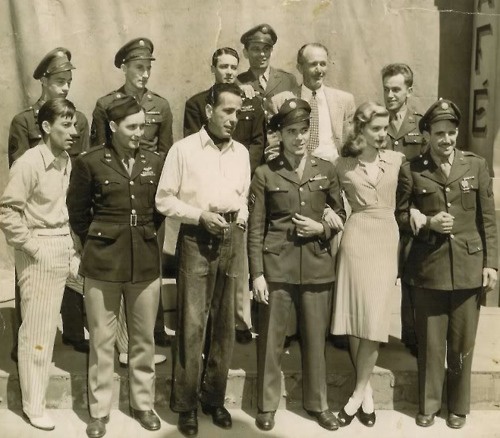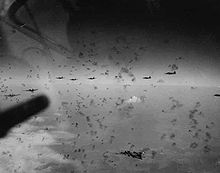Name and Rank, First Lieutenant Lewis M. Walker
Unit/Placed in, 360th Bomber Squadron, 303rd Bomber Group (Hell’s Angels).
Lewis was born on August 22, 1918 in Battle Creek, Calhoun County, Michigan.
Father, David Andrew Walker.
Mother, Bernice A. (Dixon) Walker.
Sister(s), Rose Elizabeth Walker
Brother(s), Kenneth B. and James H. Walker.
Lewis enlisted in the service at Michigan with serial number #0813047.
Lewis Crew-members and their position on-board the plane a B-17 were,
First Lieutenant Lewis M. Walker Pilot
Second Lieutenant Joseph J. Doyle Co-Pilot
Second Lieutenant Donald B. Beers Bombadier
First Lieutenant Carl L. Nielsen Navigator
T/Sgt James W. Sublet Engineer
T/Sgt Albert J. Lunday Radio-Operator
Sgt Walter L. Hundley Ball Turret Gunner
S/Sgt Frank Naifeh Right Waist Gunner
S/Sgt Henry C. Mathis Jr. left Waist Gunner
S/Sgt Arthur C. Reckert Tail Gunner
Lewis was KIA when the plane was hit by FLAK, it both engines caught fire and blew up they crashed at Gestocke, Germany on Sep. 13, 1944, when on a Combat mission to Bomb the Oil Factory at Eisenbach, Germany, he is honored with a Purple Heart, Air Medal, Good Conduct Medal, American Campaign Medal, Army Presidential Unit Citation, European-African-Middle Eastern Campaign Medal, WWII Victory Medal.
Lewis was first buried/Mentioned at buried at Ardennes American Cemetery and Memorial, Neuville-en-Condroz, Arrondissement de Liège, Liège, Belgium.
Lewis was reburied in 1950 at Reese Cemetery, Springfield, Calhoun County, Michigan, USA.
Thanks to the www.303rdBG.com
https://www.familysearch.org/tree/person/details/LB2V-R8P
Jean Louis Vijgen, ww2-Pacific.com ww2-europe.com
Air Force Info, Rolland Swank.
ABMC Website, https://abmc.gov
Marines Info, https://missingmarines.com/ Geoffrey Roecker
Seabees History Bob Smith https://seabeehf.org/
Navy Info, http://navylog.navymemorial.org
POW Info, http://www.mansell.com Dwight Rider and Wes injerd.
Philippine Info, http://www.philippine-scouts.org/ Robert Capistrano
Navy Seal Memorial, http://www.navysealmemorials.com
Family Info, https://www.familysearch.org
WW2 Info, https://www.pacificwrecks.com/
Medals Info, https://www.honorstates.org
Medals Forum, https://www.usmilitariaforum.com/
Find a Grave, https://www.findagrave.com
Tank Destroyers, http://www.bensavelkoul.nl/
WordPress en/of Wooncommerce oplossingen, https://www.siteklusjes.nl/
Military Recovery, https://www.dpaa.mil/
303rd Bomb Group (H) – Molesworth, England the 303rd Bomb group was an Eight air Force B-17 bomber group stationed in England from ’42-’45 . They dubbed them selves The Hells Angels,Their Motto Might in Flight,flew 364 combat missions. Their place in history and the legacy they left behind will live forever
After being hit by flak, #42-6076 Liberty Run, piloted by 1Lt. Lewis M. Walker, had feathered a propeller. It crashed near Merseburg in a mass of flames. It had pulled off to the right and then went into a vertical dive, apparently out of control. No chutes were observed. Six of the crew did make successful jumps. S/Sgt. Walter Hundley suffered a broken leg. The six survivors hid for 13 days in the mountains. Sgt Hundley recalled, “We were nearly starved and frozen, had no medical attention and were filthy. We were like barbaric heathens. It got so bad we decided there was nothing to do but walk to the nearest town and surrender. It was all I could do to crawl with my bad right leg. The Germans—they were farmers, not Nazis—ignored us in the town. They were too busy working slave labor of Poles and Russians. We dragged on to the next town. The Burgomeister of that town was finally convinced that we were Americans. He put us in a barn, gave us a bowl of barley soup (it tasted great), and notified the Nazis.” The four surviving Enlisted Men were taken to Stalag Luft IV at Gross Tychow, Poland and joined about 8,000 other prisoners 60 miles northeast of Berlin. They were liberated on 2 May 1945 by units of the British 2nd Army after enduring a 86 day 600 mile “Death March” from Stalag Luft 4.
The 303rd Bombardment Group (Hell’s Angels) Molesworth Airfield, England (1942)
Opened in World War One it was used by 75 Sqn RFC and abandoned at the end of that conflict. Rebuilt in 1940 it served as a RAF bomber command airfield until 1942 when it was transferred over to the USAAF and used for the remainder of the war by various medium and heavy bomber units. In July 1945 it was handed back to the RAF and a jet fighter conversion unit moved in. Molesworth is now home to the US`s intelligence analysis centre. Although all the missiles have gone all of the storage bunkers and a launch tower are still in place.
The 303d Bombardment Group consisted of the following squadrons:
358th Bombardment Squadron (Code VK)
359th Bombardment Squadron (Code BN)
360th Bombardment Squadron (Code PU)
427th Bombardment Squadron (Code GN)
The 303d took part in the first penetration into Germany by heavy bombers of Eighth Air Force by striking the U-boat yard at Wilhelmshaven on 27 January 1943 then attacked other targets such as the ball-bearing plants at Schweinfurt, shipbuilding yards at Bremen, a synthetic rubber plant at Huls, an aircraft engine factory at Hamburg, industrial areas of Frankfurt, an aerodrome at Villacoublay, and a marshalling yard at Le Mans.
The 303d received a Distinguished Unit Citation for an operation on 11 January 1944 when, in spite of continuous attacks by enemy fighters in weather that prevented effective fighter cover from reaching the group, it successfully struck an aircraft assembly plant at Oschersleben.
The group attacked gun emplacements and bridges in the Pas de Calais area during the invasion of Normandy in June 1944; bombed enemy troops to support the breakthrough at Saint-Lô in July 1944. It struck airfields, oil depots, and other targets during the Battle of the Bulge, and bombed military installations in the Wesel area to aid the Allied assault across the Rhine in March 1945.
The last mission for the 303d was flown on 25 April 1945 when it attacked an armament works in Pilsen. During its combat tour the group flew 364 missions comprising 10,271 sorties, dropped 26,346 tons of bombs and shot down 378 enemy aircraft with another 104 probables. The group also saw 817 of its men killed in action with another 754 becoming prisoners of war.
On 31 May 1945, the 303d Bomb Group left Molesworth, moving to Casablanca, French Morocco. A monument to the 303rd BG stands inside the main entrance and is accessible to the public.[8]
The 303d Bombardment Group consisted of the following squadrons:
358th Bombardment Squadron (Code VK)
359th Bombardment Squadron (Code BN)
360th Bombardment Squadron (Code PU)
427th Bombardment Squadron (Code GN)
The 303d took part in the first penetration into Germany by heavy bombers of Eighth Air Force by striking the U-boat yard at Wilhelmshaven on 27 January 1943 then attacked other targets such as the ball-bearing plants at Schweinfurt, shipbuilding yards at Bremen, a synthetic rubber plant at Huls, an aircraft engine factory at Hamburg, industrial areas of Frankfurt, an aerodrome at Villacoublay, and a marshalling yard at Le Mans.
The 303d received a Distinguished Unit Citation for an operation on 11 January 1944 when, in spite of continuous attacks by enemy fighters in weather that prevented effective fighter cover from reaching the group, it successfully struck an aircraft assembly plant at Oschersleben.
The group attacked gun emplacements and bridges in the Pas de Calais area during the invasion of Normandy in June 1944; bombed enemy troops to support the breakthrough at Saint-Lô in July 1944. It struck airfields, oil depots, and other targets during the Battle of the Bulge, and bombed military installations in the Wesel area to aid the Allied assault across the Rhine in March 1945.
The last mission for the 303d was flown on 25 April 1945 when it attacked an armament works in Pilsen. During its combat tour the group flew 364 missions comprising 10,271 sorties, dropped 26,346 tons of bombs and shot down 378 enemy aircraft with another 104 probables. The group also saw 817 of its men killed in action with another 754 becoming prisoners of war.
On 31 May 1945, the 303d Bomb Group left Molesworth, moving to Casablanca, French Morocco. A monument to the 303rd BG stands inside the main entrance and is accessible to the public.[8]
Bob Hope entertained base personnel on 6 July 1943.[8] American news correspondent Walter Cronkite flew on a 303d Bombardment Group mission while reporting the war.[8] American servicemen from RAF Molesworth married more English women during World War II than servicemen from any other American base in England.
Nancy Love, pilot , and Betty Gillies , co-pilot, the first women to fly the Boeing B-17 Flying Fortressheavy bomber.
Production numbers for the Boeing.
Variant Produced First flight
B-17G (total) 8,680
Grand total 12,731
Notes:-17s were built at Boeing Plant 2
